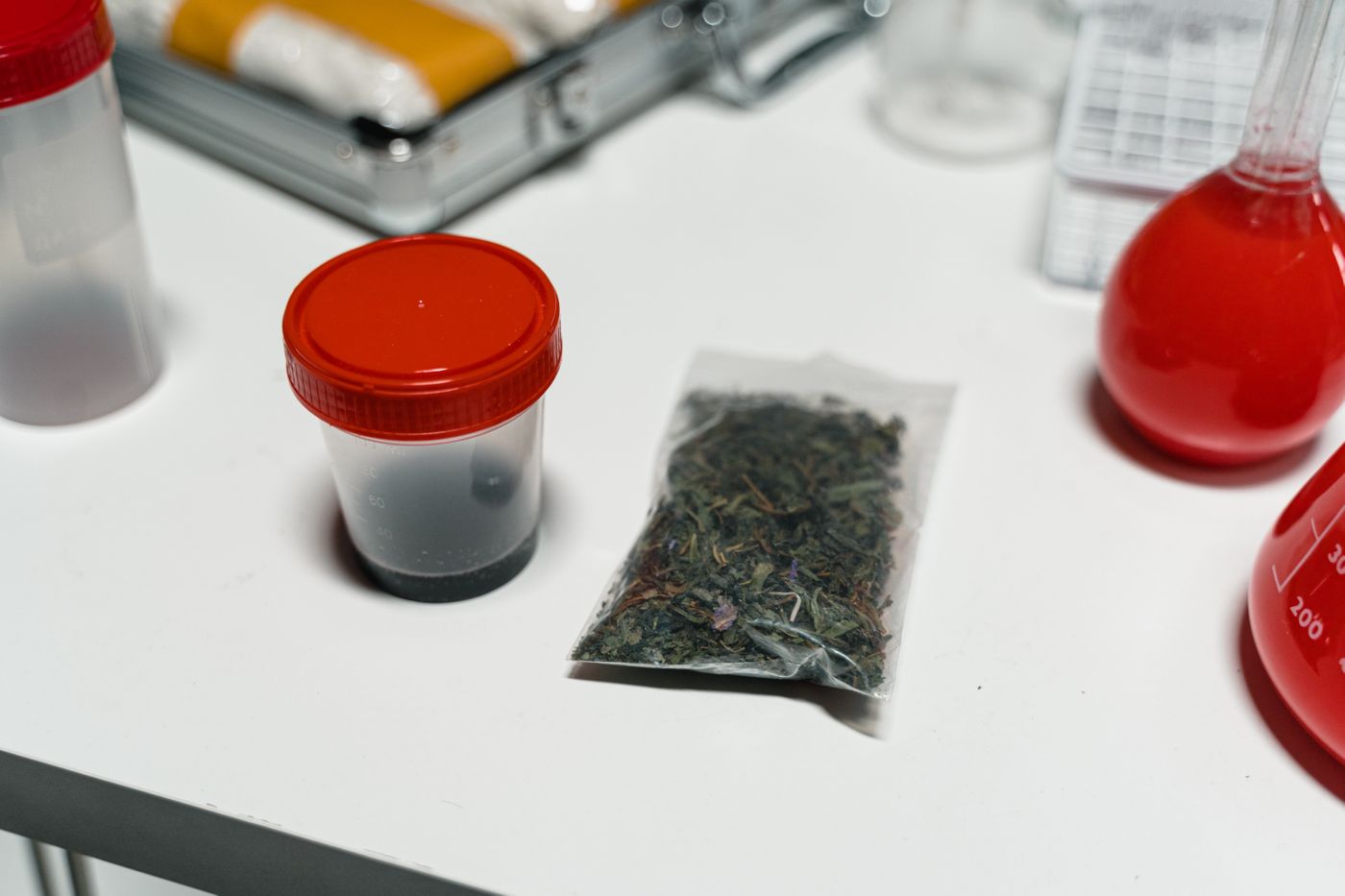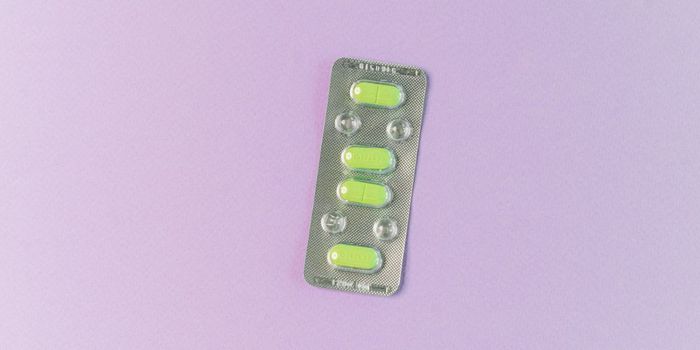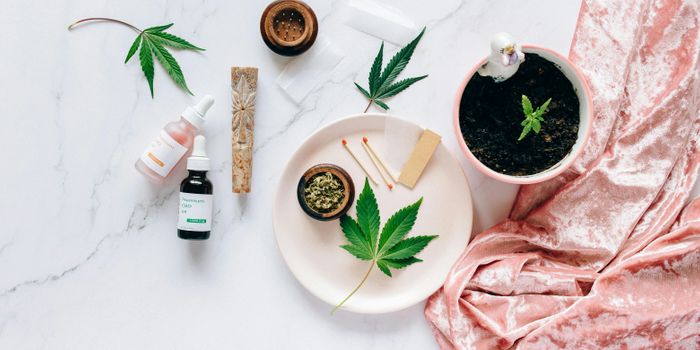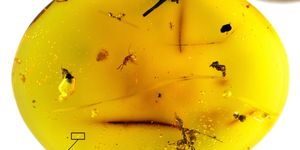To Trust or Not to Trust the Process: Bioreactive Chemical Variation in Cannabis Extracts Based on Extraction Method
With cannabis legislation becoming increasingly less restrictive over the past 20 years, consumers have found themselves in an era where cannabis products are widely available and easily accessible.
Cannabis distillate and isolates containing the cannabinoids CBD, CBDV, CBC, CBG, CBGA, CBN, Δ8THC, Δ9THC, and THCV are commercially available for consumer purchase – with all of these products readily available for online purchase and shipment anywhere in the U.S. (except those containing the psychoactive compound, Δ9THC).
Emerging research – albeit experimentally limited – on the synergistic effects potentially produced by certain combinations of different cannabis phytochemicals (the “entourage effect”) has been accompanied by a skyrocketing use of marketing strategies that advertise their products as containing the full range of cannabinoids. The public’s recent surge of interest in cannabis products has led to many sellers labeling cannabis products with slogans such as ‘full-spectrum', ‘broad-spectrum, or ‘whole plant’ to increase the product’s supposed therapeutic appeal. However, there is currently a lack of data-driven evidence to adequately support the supposed therapeutic effects associated with the entourage effect phenomenon.
Due to their designation as dietary supplements, cannabis products are not regulated by the Federal Drug Administration (FDA). This leaves consumers without a standardized description of what comprises a cannabis product of evidenced quality. Furthermore, without regulation, various different processing methods are currently being employed for phytochemical extraction from cannabis cultivars. However, the influence these different extraction methods have on the phytochemical profile of – and hence the effects elicited by – the resultant product has remained unexplored thus far.
So, does the method used for cannabinoid extraction have an impact on the extract’s phytochemical profile?
According to a new study published in Nature’s Scientific Reports just over two weeks ago, it does – and quite more so than might have been previously thought.
In the study, researchers sought to determine whether the chemical profile of extracts from a single cannabis cultivar would be altered based on the method used for phytochemical extraction.
They assessed three commonly employed extraction methods in their studies: alcoholic extraction with ethanol (EtOH), alcoholic extraction with isopropanol (IPA), and supercritical fluid CO2 extraction (divided into two groups, S1 and S2, based on the pressure setting used).
The phytochemical profiles of extracts processed using each of the three methods (four groups of extracts total) were analyzed using several analytical techniques: gas chromatography-mass spectrometry (GC-MS), ultra-performance liquid chromatography-tandem mass spectrometry (UPLC-MS/MS), and inductively coupled plasma mass spectrometry (ICP-MS). As complementary approaches, their combined usage permits extensive chemical coverage.
GC-MS detected 41 total annotated compounds. Principal component analysis was used to assess overall chemical profile variation between samples, which revealed significant variation between them depending on the extraction method used. 33 of the 41 annotated compounds differed significantly between at least two extract groups, which included various long chain fatty acids, polyols and carbohydrates, and different classes of terpenoids (di-, tri-, and sesquiterpenoids).
Phytocannabinoid composition and abundance were evaluated using UPLC-MS/MS, which detected 15 phytocannabinoids – 14 of which were found to differ in abundance between the samples based on the extraction method used. The data revealed a common pattern of increased phytocannabinoid abundance (which included both CBD and Δ9THC) in the samples processed using alcohol extraction methods (EtOH and IPA), with the exception being CBDA (which was enriched in supercritical CO2 fractions). There were also marked differences observed in the abundance of minor phytocannabinoids (CBG, CBN, CBC) corresponding to the extraction method employed. Much of the variation observed in these analyses is likely to impact the therapeutic potential of the resultant product.
From their experiments, this research group demonstrated significant differences between the chemical profiles of extracts based on which method was used for phytochemical extraction. By evaluating the most commonly employed phytochemical extraction methods, this research has extended its application towards consumer protection in today’s dynamic cannabis market.
Sources: Nature’s Scientific Reports; Labroots









